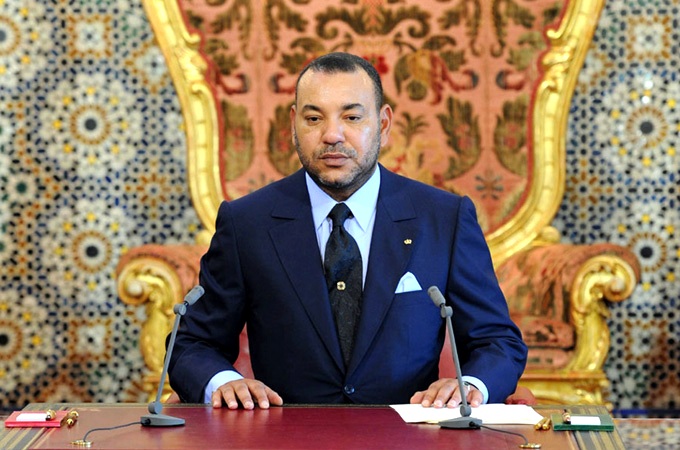Morocco Reaches Record-Breaking Unemployment Rate of 12.7%
Morocco’s unemployment rate has maintained its growth, reaching 12.7% in the third quarter of 2020, from July to September. In the previous quarter, the unemployment rate broke the highest record since 2001 when it reached 12.3%.
By annual comparison, Morocco’s unemployment rate increased by 3.3 points. In the third quarter of 2019, it stood at 9.4%. The unemployment rate remains higher in Moroccan urban centers compared to rural areas. In cities, the unemployment rate rose from 12.7% in 2019 to 16.5% in 2020. Meanwhile, the rate in rural areas witnessed an annual increase from 4.5% to 6.8%.
Read also:Fitch Ratings Downgrades Morocco’s Default Rating to Junk Bond
Youth unemployment
Unemployment in Morocco remains most prevalent among young people aged 15 to 24, with 32.3% unemployed. Additionally, the unemployment rate among university graduates in Morocco is 18.7%. By gender, the unemployment rate is higher among women (17.6%) compared to men (11.4%).

Overall, the total number of unemployed Moroccans increased by 368,000 between the third quarter of 2019 and the same period in 2020. It went from 1,114,000 to 1,482,000, recording a 33% annual increase. Morocco’s High Commission for Planning (HCP) announced the new unemployment rate in its report on the domestic job market’s evolution in the third quarter of 2020. The HCP published the report on November 3.
Over half a million lost jobs
Between the third quarter of 2019 and the same period in 2020, the Moroccan economy lost 581,000 jobs, including 237,000 positions in cities and 344,000 in rural areas. The lost jobs are mainly attributed to the suspension of several economic activities due to the COVID-19 pandemic. The services sector lost the highest number of jobs between 2019 and 2020.
Read also:Youth Unemployment Costs Africa $79 Billion Loss Annually
Over the past 12 months, the tertiary sector lost 260,000 positions, including 196,000 in urban centers and 64,000 in rural areas. The figure represents 5.2% of the sector’s overall jobs. The primary sector, mainly concerned with agriculture and fisheries, lost 258,000 jobs in total, while the industrial sector lost 61,000 positions.
Prevalent underemployment
Underemployment is also a prevalent challenge in the Moroccan economy. Underemployment occurs when a person does not work full time or takes a job that does not reflect their actual training and financial needs. According to the report, 1,182,000 Moroccans are underemployed, including 627,000 in cities and 556,000 in rural regions. Morocco’s national underemployment rate stands at 11.6%. It varies from 10.5% in urban centers to 13.3% in rural areas.
Territorial disparities
The HCP report highlighted significant territorial disparities in terms of unemployment rates.
The Oriental region, in northeastern Morocco, has the highest unemployment rate in the country, at 21.2%, followed by the southern regions (19.6%).
Read also:How Technology Affects Economic Growth and Why It Matters for Policymakers
Three other regions recorded an unemployment rate that exceeds the national average: Casablanca-Settat (14.7%), Draa-Tafilalet (14%), and Fez-Meknes (12.9%).
Meanwhile, the regions with the lowest unemployment rates are Beni Mellal-Khenifra and Marrakech-Safi, with 5.9% and 7.8%, respectively.
Kelechi Deca

Kelechi Deca has over two decades of media experience, he has traveled to over 77 countries reporting on multilateral development institutions, international business, trade, travels, culture, and diplomacy. He is also a petrol head with in-depth knowledge of automobiles and the auto industry


